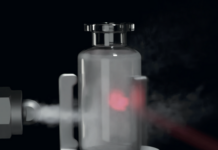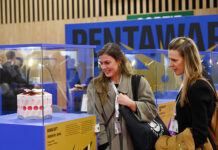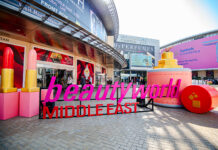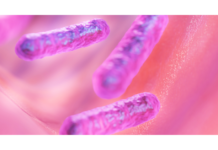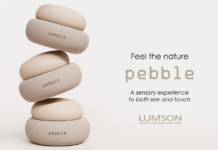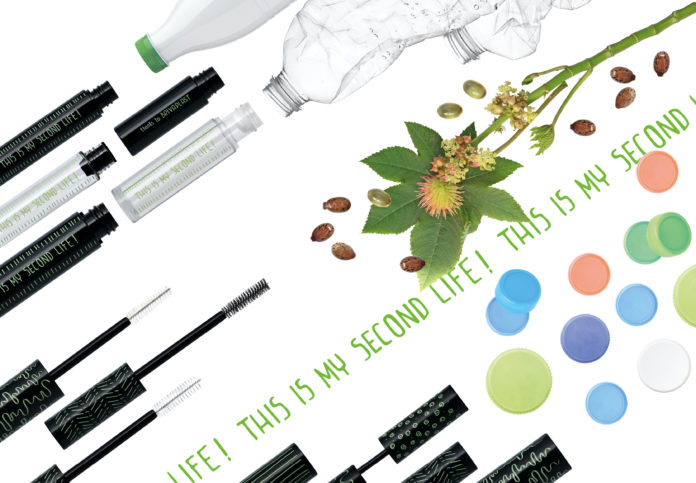
Brivaplast has been producing makeup application solutions since 1966. While excellence – namely offering the best possible formula/applicator/packaging combination – has always been the goal for this company, a few years ago they decided to take things one step further and start offering the best combination while also keeping sustainability front and centre. In addition to adopting more eco-friendly manufacturing solutions, which have allowed them to reduce their carbon footprint without detriment to the quality of the end product, Brivaplast are also focusing their efforts on the materials front, seeking sustainable, bio-based and PCR solutions, with the same performance and the same scope for customization as their “traditional” counterparts.
The result: even in 2020, a trying year for makeup given the toll of the pandemic, Brivaplast have earned recognition as a champion of innovation and sustainability and, in 2021, have new projects using PCR recycled materials accounting for 12.8%.
Not even the pandemic could bring a halt to research, which has continued over these months, to the point where the company is now able to offer a PCR option for all its mascara and gloss caps, and all PET bottles in the catalogue also come in a PCR PET version.
While we wait to see the new fibre brushes and new lip and concealer applicators in the flesh at MakeUp In New York (22-23 September) – just some of the new products being launched at the show – Andrea Vanoncini, CEO of Brivaplast USA, agreed to tell us about some of the sustainability results achieved over the past year, and the new materials added to the catalogue of existing green solutions.
The future is linked to sustainability, something that – in the case of businesses like Brivaplast – involves both the production process and the product. What’s your experience been in this regard?
We’ve tackled the issue of sustainability from two different but complementary angles: from the standpoint of the business and of the product.
We followed up our 2018 Energy Management System compliance, achieved on the back of a focus on materials and the environment, with certification to benchmark standard ISO 14001, Environmental Management System, in 2019.
In 2018, we moved to new premises in Ornago, not far from Milan, setting up in a modern, cutting-edge facility with over 12,000 sq metres of floor space, home to offices and manufacturing. Here, we’ve achieved some significant sustainability milestones: with the use of our solar panels (7,000 m2), we’ve prevented the emission of 834 kg of CO2 into the atmosphere, the equivalent of planting 25,000 new trees. In addition, if we compare today’s production performance with that of the old Osnago facility, we can say that moulding a plastic part now takes 10.9% less fossil resources and we use 183.7% more renewable energy.
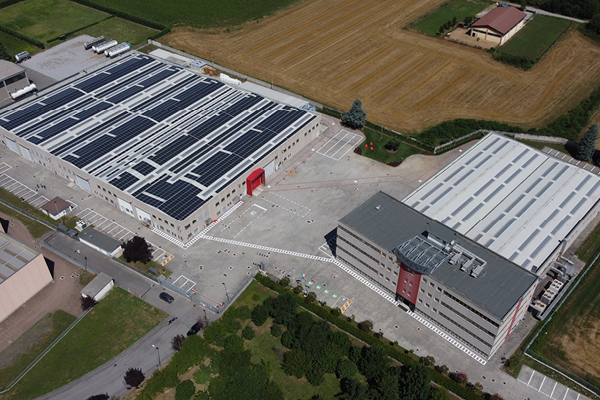
What about the product part?
We’ve devoted just as much attention to materials as we have to the production process, selecting sustainable, bio-based and post-consumer plastics that would allow us to minimize the use of virgin raw materials, while still ensuring our production processes are safe and the end product is of the highest quality.
The result: we can now offer a PCR option for all our mascara and gloss caps, and all PET bottles in the catalogue also come in a PCR PET version.
What are the properties of the PCR PET you use?
The PCR PET we use is mechanically recycled from water bottles. Its use allows for a 50% CO2 saving compared to virgin PET.
PCR PET has good transparency and can be mixed with masterbatches to achieve an extensive range of colours and, in addition, it is certified for food contact. Aesthetically speaking, it is highly versatile: it can be moulded both clear – thus highlighting the product inside – and coloured. Like its virgin PET counterpart, it can be enhanced with various effects and decorations to give the end product a unique touch.
Do you use other sustainable materials in addition to PCR PET?
Yes, because innovation – of which research into new high-performance green materials is a key component – is in our blood. We offer various different sustainable materials: in addition to PCR PP and PCR ABS, we have PCR HDPE and copolyester made with 30% PCR PET, two new entries we’ve added to extend our portfolio of eco-friendly solutions and that we use for our mascara, gloss and concealer caps (PCR PP, PCR ABS) and our bottles (PCR PET, PCR HDPE, copolyester with 30% recycled PET).
PCR PP is a material mechanically recycled from post-consumer waste, such as packaging, bottles, lids, and municipal waste in general. Its use allows for a 74% CO2 saving compared to VIRGIN PET.
PCR ABS, on the other hand, is a polymer mechanically recycled from waste such as electrical scrap or electrical equipment, such as TVs, microwaves, computers. With this material, you’re talking about CO2 savings as high as 90% compared to the virgin equivalent.
These are green materials that can be decorated and finished in a whole host of different ways: with shiny hot stamping, coloured screen printing, coatings or metallic effects.

While the properties of PCR HDPE and copolyester with 30% PCR PET are…?
PCR HDPE (certified for food contact) comes from recycling used beverage bottles, such as fruit juice or milk bottles. Producing recycled HDPE takes 78% less CO2 than a virgin resin, and it has good resistance to weight loss. We use it, for example, in the bottle of our new mascara 1385, with click closure.
Copolyester made with 30% PCR PET, which comes from recycling small plastic bottles, has the important quality of being able to be recycled in the PET stream, and allows us to mould extra-thick bottles for glosses and concealers while still retaining excellent transparency.
These materials I just mentioned have been added to augment the “This is my second life” collection, comprising mascara, lipgloss and eyebrow mascara packaging, decorated with freehand graphics inspired by the authenticity and genuineness of nature.
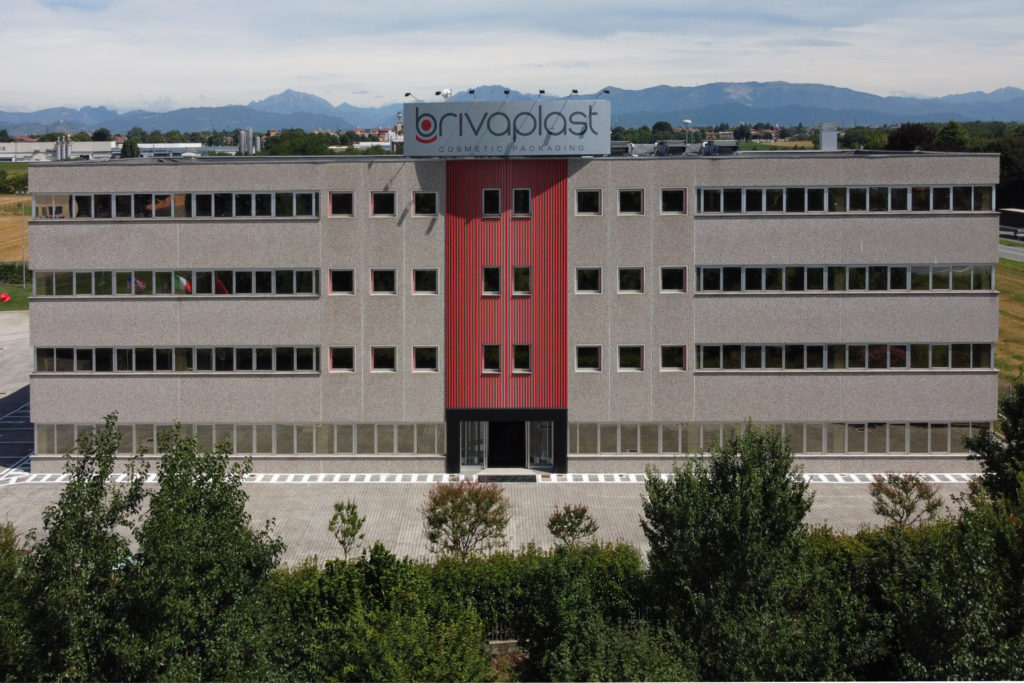
Am I right in saying that waste material produced by Brivaplast is, in turn, reused to make other products?
Yes. All waste material from Brivaplast’s production process is sorted into like families of materials and either reused in-house or sold to be, in turn, reused to make other products, like golf balls.
An initiative that, along with the others I’ve mentioned, attests to the fact that we see sustainability as a very real commitment: a path made of choices and decisions involving both the product and the production process, the common denominator being the circular economy principles: reduce, reuse and recycle.




